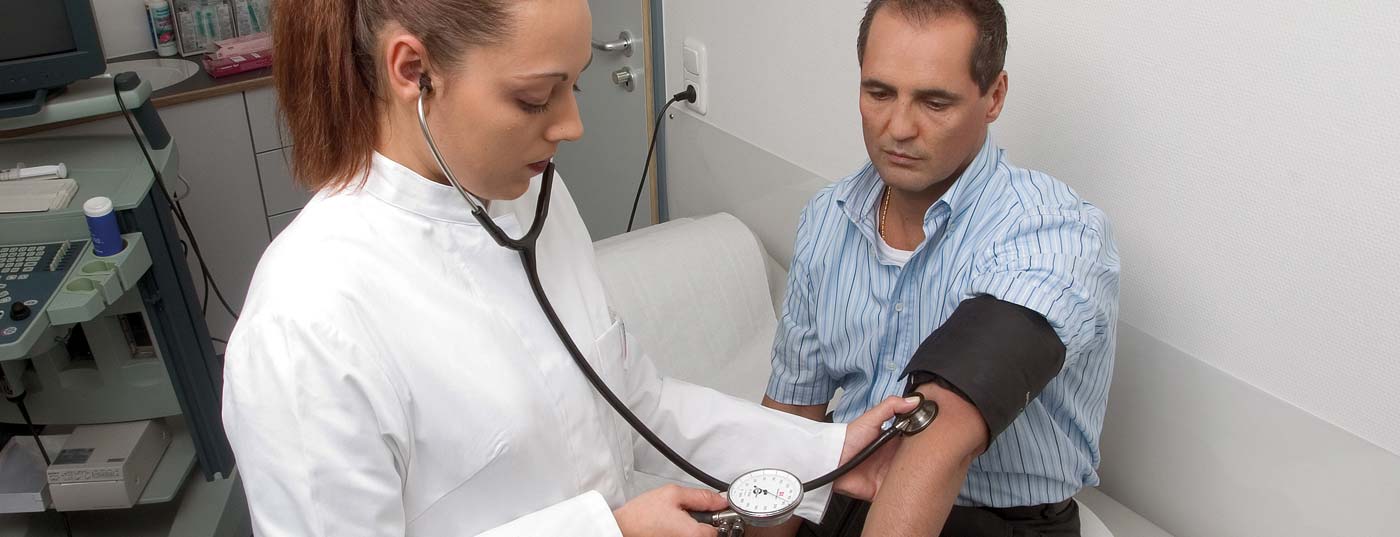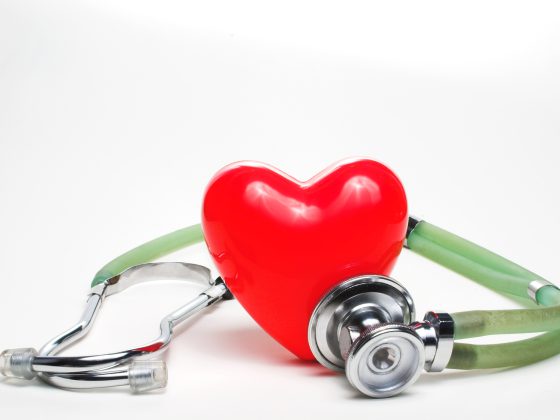While one group of experts believes that the hypertension problem has already been solved, others see a long way to go for medicine and research in this area. Although the topic of high blood pressure has received a great deal of attention worldwide and a wide range of products is available, there is still potential for improvement, particularly in therapy.
For Prof. Jean-Jaques Mourad, MD, Paris, the question of why hypertension cannot be controlled in all patients treated for hypertension is one of the most important. Typically, this is achieved in less than 50% of patients in Europe. In Germany, for example, the figure is only 36.3%, in Greece 47.5%. “This is not only due to patient-related factors such as lack of adherence or social influences; physicians themselves also play a role. Further, pharmacological developments and innovations should be mentioned here, which has been the focus of research in the last decade.”
Studies in France show similar results. For example, in ENNS, a national study among 18- to 74-year-old study subjects, the prevalence of hypertension was 31%, but control of hypertension was achieved in 50.9% of those treated [1].
In a large-scale study in three French cities in people over 65 years of age, the prevalence was as high as 62%, and control of hypertension was achieved in only 31% of treated patients [2].
“In France in particular, monotherapy is often used, but this often does not seem to lead to satisfactory control of blood pressure, especially in elderly patients,” Prof. Mourad said.
In France, a very ambitious target has been set for 2015 – to achieve satisfactory control in 70% of treated hypertensive patients [3]. Seven key points are used for implementation:
- Confirmation of high blood pressure values even outside the doctor’s office to exclude the so-called “white coat effect”.
- Screening for poor adherence
- Switch from monotherapy to fixed combination therapy if sufficient control cannot be achieved with initial treatment
- Prescribe three-drug therapy if administration of two blood pressure-lowering medications does not control hypertension
- Screening for possible explanatory reasons in case of poor control
- Organize a medical course for hypertensive patients, create access to specialists.
- Evaluate the effectiveness of these management measures.
Combination therapy makes sense
Prof. Mourad clarified that it is essential to consider patients in their individual situations, as real-life data provide far less satisfactory results in the treatment of hypertension than clinical trial data. In the United States, it was shown that the rate of patients taking combination therapy increased significantly in the last decade, and that this treatment strategy also positively affected the control rate of hypertension, increasing from 44.6 (2001-2002) to 60.3% [4]. “In particular, the administration of a combination of drugs through single dosing offers advantages and will play an increasingly important role in improving treatment strategies,” Prof. Mourad said.
Place value of olmesartan
It is precisely these fixed dosages that have been the focus of clinical research in recent years. “In 2002, olmesartan came on the market as a “new kid on the block”, which now allows therapy tailored to patient needs through three fixed combination preparations,” says Prof. Reinhold Kreutz, MD, from Berlin. Even with the starting dose of 20 mg, after eight weeks of treatment, olmesartan was shown to have the greatest reduction in both systolic (-12.5 mmHg [change in mean]) and diastolic blood pressure (-8.5 mmHg [change in mean]) compared with losartan, valsartan, and irbesartan [5]. Meta-analyses were also able to confirm these results [6]. Prof. Kreutz further emphasized that in addition to its effective mode of action, olmesartan has a very good safety and tolerability profile: “Low numbers of adverse events and low dropout rates did not increase with higher doses of the drug and were even comparable to placebo.”
Triple combinations
A look at clinical practice shows that approximately two-thirds of all patients require combination therapy to achieve the desired blood pressure value; this is also recommended in the current guidelines [7]. “Combination therapies such as Votum Plus® (fixed-dose dual combination of olmesartan and hydrochlorothiazide) reduce blood pressure significantly more than respective mono-therapy (-31.9 mmHg systolic and -18.9 mmHg diastolic) [8] and offer significant benefits to patients,” Prof. Kreutz emphasized. The blood pressure lowering effect is further maximized when treated with a triple combination, this is the logical next step and is an option especially for patients with severe hypertension.
The TRINITY trial tested the effect of the triple combination of olmesartan + hydrochlorothiazide + amlodipine (e.g., Vascord HCT®) versus the corresponding dual preparations [9]. “The results of the studies [9, 10] show that triple therapy performs better than any of the two-combination drugs tested, even across different doses,” Prof. Kreutz said, summarizing the effect. In addition, this triple combination is the only one indicated in Europe as add-on therapy for non-responders to a two-drug regimen.
In recent years, the fixed dosages of the combination preparations have been extremely successful – firstly because of their efficacy, secondly because of their good tolerability, and thirdly because they are easy to administer using a single tablet. This improves patient compliance, which contributes significantly to the success of a therapy. Prof. Kreutz also has a tip for practitioners: “Remember to consider triple therapy if otherwise the further course of treatment would be a dose increase of a dual drug.”
Improve compliance
For Prof. Gianfranco Parati, MD, Milan, it is particularly important to make it clear to practicing physicians that a hypertension diagnosis based solely on measurements by medical professionals is no longer acceptable. The “white coat effect” in particular can lead to misguided diagnoses. Blood pressure in the doctor’s office, considered in isolation, often represents only the tip of the iceberg, but the risk of high blood pressure is also influenced by a wide range of other factors. In a large number of patients, detailed home blood pressure monitoring and 24-hour monitoring is sufficient and important to detect their cardiovascular risks. This includes not only hypertension, but also diabetes, high lipid levels, smoking, physical inactivity and unhealthy diet. “In order to provide individualized and targeted therapy, we need more information on which to base our diagnosis than just the blood pressure measured in the doctor’s office,” was Prof. Parati’s message.
Prof. Massimo Volpe, MD, Rome, clarified that effective and successful hypertension control is not only a question of the right dosage: Both the choice of therapeutic approach and a good doctor-patient relationship can improve adherence. This is critical if adequate control of blood pressure is to be achieved and cardiovascular and cerebrovascular risk reduced. “Patients should feel understood and need to be motivated,” Prof. Volpe said. Furthermore, simplification in administration is not only extremely helpful and has a positive effect on adherence, but combination preparations in single doses also reduce the costs for health care systems. “It is precisely effective and well-tolerated therapies that help patients to achieve the blood pressure target. This is certainly also due to better compliance when positive experiences are made with medications. For this reason, combination therapies have a decisive advantage over titrated, antihypertensive drugs.”
Literature list at the publisher
Source: 23rd European Meeting on Hypertension & Cardiovascular Protection, June 14-17, 2013, Milan, Italy.











